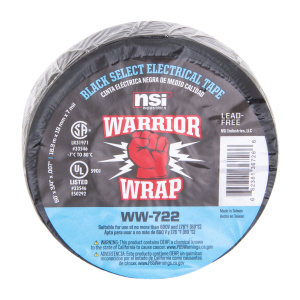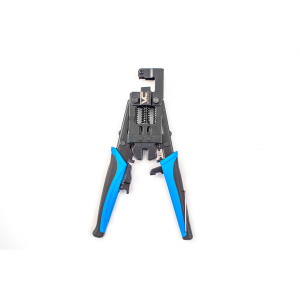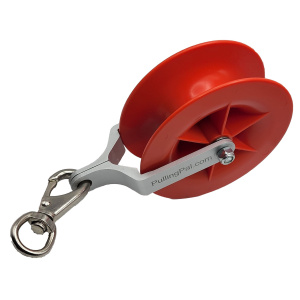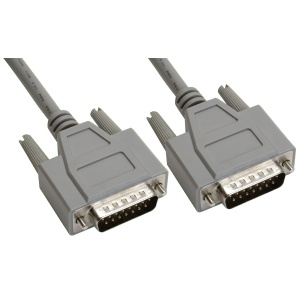Introduction
In a world that’s growing increasingly interconnected, maintaining a reliable and high-performance network infrastructure is crucial. Fiber optics, the backbone of modern data transmission, play a pivotal role in keeping networks up. But what happens when something goes awry? Don’t panic just yet—this guide to troubleshooting fiber optics has got you covered.
Understanding Fiber Optics
To effectively troubleshoot fiber optic networks, you first need to understand the basics.
What are Fiber Optics?
Fiber optics refer to a technology that utilizes thin strands of glass or plastic, known as optical fibers, to transmit data. It’s like sending messages using Morse code, but instead of dots and dashes, you’re using flashes of light. Remarkable, isn’t it?
The Anatomy of a Fiber Optic Cable
Fiber optic cables are marvels of engineering. Composed of the core (where light is transmitted), the cladding (that keeps the light inside the core), and the buffer coating (providing protection against physical damage and moisture), they’re designed to facilitate rapid, high-volume data transmission.
Keeping Networks Up: A Guide to Troubleshooting Fiber Optics
Once you have the basics down, you’re ready to dive into the nitty-gritty of troubleshooting fiber optics. Don’t be taken aback—it’s less daunting than you might think.
Identifying the Problem
The first step to fixing a problem is identifying it. Look for signs of trouble like slow internet speeds, inconsistent connectivity, or complete loss of signal.
Using the Right Tools
Just like a surgeon wouldn’t go into an operation without their scalpels, you need the right tools to troubleshoot fiber optics. Some of these include an optical power meter, a visual fault locator, and an OTDR (Optical Time Domain Reflectometer).
Common Issues and How to Fix Them
We’ll now look at some common fiber optic issues and ways to remedy them.
Physical Damage
This is a common problem with fiber optics. If your cables are physically damaged—whether due to bending, crushing, or twisting—you might need to replace them.
Dirty Fiber Ends
You’d be surprised by the chaos a bit of dirt can cause. Dirty fiber ends can interfere with light transmission. Cleaning them with a proper fiber cleaning kit could make a world of difference.
Misaligned Fiber Ends
Misaligned fibers can significantly reduce signal quality. Checking the fiber alignment and making necessary adjustments can help get your network back on track.
Preventive Measures for Fiber Optic Networks
Prevention, they say, is better than cure. Let’s explore how to keep your fiber optic network healthy.
Proper Installation
One way to avoid most fiber optic issues is by ensuring proper installation. This includes proper handling of cables and using the right connectors.
Regular Maintenance
Routine maintenance can help detect potential issues before they escalate. This includes cleaning fiber ends, checking connections, and inspecting cables for physical damage.
Professional Inspection
Periodic inspections by fiber optic professionals can help keep your network running smoothly. They have the experience and equipment to detect and fix problems you might not see.
Frequently Asked Questions
- What is the most common issue with fiber optics?
Physical damage, such as bends and crushes, is the most common problem with fiber optics.
- How can I prevent fiber optic issues?
Proper installation, regular maintenance, and periodic professional inspections are key preventive measures.
- Why is my fiber optic internet slow?
Slow internet speeds could be due to physical damage, dirty or misaligned fiber ends, or network congestion.
- How often should I maintain my fiber optic network?
Maintenance frequency depends on several factors, including your network’s age, usage, and environment. However, biannual maintenance is a good general guideline.
- Can I troubleshoot fiber optic issues myself?
Yes, basic troubleshooting can be done with the right tools. For complex issues, it’s best to consult a professional.
- What tools do I need to troubleshoot fiber optics?
Some essential tools include an optical power meter, visual fault locator, and an OTDR.
Conclusion
With the knowledge you’ve gained here, you’re now well-equipped to handle the challenges of maintaining your fiber optic network. And remember, when in doubt, always consult a professional.












